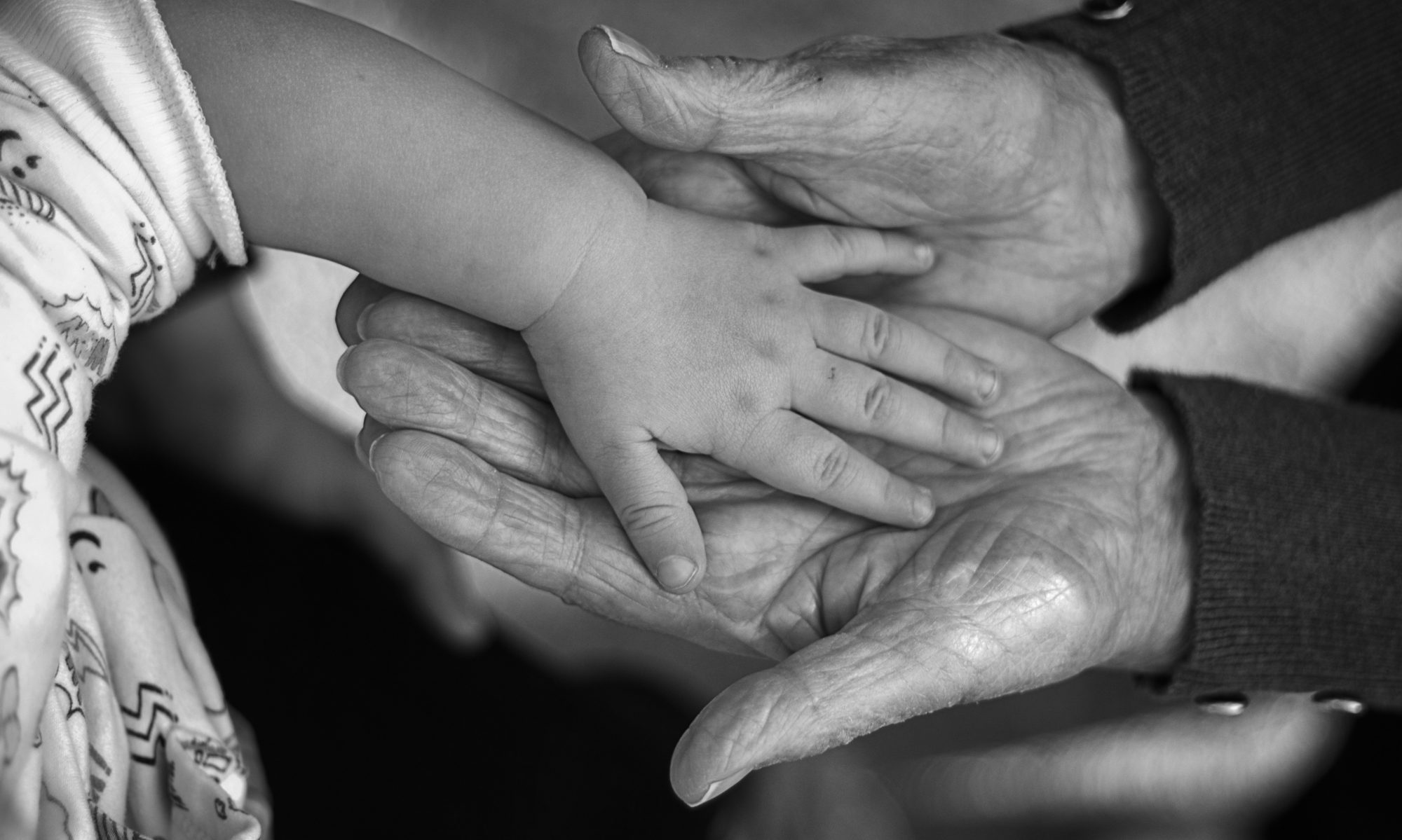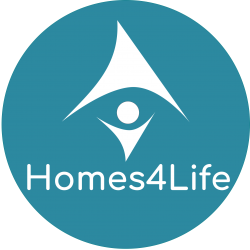Homes4Life Deliverable D3.2 – Certification Schemes Framework report – is now available for download.

Executive Summary
What does already exist around certification of age friendly living environments? To face the development of Homes4Life certification scheme the existing certification, labelling schemes, guidelines and local and regional initiatives and laws must be identified and analysed. This deliverable goes though the existing and emerging certification and labelling schemes as well as guidelines and local experiences and analyses them to identify the gaps and barriers that these existing schemes have found for their implementation.
The purpose of this analysis is to pave the way for the definition of the functional brief in Task 3.4: Summary functional brief and to feed the Task 3.1 Analytical KPI framework.
The gap analysis will also enable partners to identify complementarity and compatibility requirements to be imposed on the new labelling scheme if it is to function in conjunction with and capitalize on the potential of existing national and sub-national schemes.
The main objective of this analysis is to identify not only the existing certification schemes, guidelines and initiatives around all the issues related to age-friendly housing to recognize the common points, but also gaps or uncovered fields that are considered fundamental for the Homes4Life Certification Scheme (CS).
The material analysed encompasses:
- Certification Schemes (CS) and labels (LS): method and certificate issued by an independent body attesting the conformity (of a product, a service) to a scheme, a standard, or a regulation in force.
- Guidelines: text setting goals to be achieved.
- Local experiences: different initiatives at local level related to age-friendly housing.
- Some result in guidelines, some in solutions repository.
- Laws and regulations: regulations that refers to issues as social housing, housing for older people, housing design, building codes and any of the other technical issues identified.
- Good practices: compilation of good practices about age-friendly housing.
On this basis Homes4Life partners have performed a research on existing CS and LS, guides, regulations and good practices from which they had to identify those that were related to some of the fields described below:
Quality of life as a general overall concept which covers all the other themes:
- Habitability (indoor): Habitability refers to a dwelling having favourable conditions and being suitable for human habitation (for instance, in a physical domain, possessing working basic amenities and not being in substantial disrepair). Inside habitability other concepts are included, such as accessibility, safety, indoor comfort and energy efficiency.
- Independent living, and all those products or services that foster it, such us technologies (e-health, robotics.) or home care services (formal or informal home care, household services …)
- Smart readiness, concept that includes ICT user friendliness, IT openness and Security and Data Protection.
- Community living: Outdoor spaces and buildings, transportation, and housing. are key features of a city’s physical environment, as they have a strong influence on personal mobility, safety from injury, security from crime, health behaviour and social participation.
After the identification of all these different schemes and guidelines (34 certification/labelling schemes, 8 local initiatives, 10 laws and regulations and one good practice) a second selection process started.
1st approach to select the schemes is related to the type of the identified schemes (certification, labels, guidelines, regulations…etc). According to partners expert criteria, certification scheme was selected because they include a series of requirements to be met, which match better with the Homes4life objectives and requirements structure.
It was also considered the scope, certification schemes covering solely product certifications were discarded for further analysis because Homes4life certification should not be a product certification scheme but should cover the whole living environment.
Regarding the fields to address, the analysis process has identified how different schemes report the already identified fields (Habitability, Independent living, Smart readiness and Community living).
The approach to selected existing certification schemes to be analysed is based on the findings of WP2. It considers who the priority users are (user’s perspective), the functionalities or “home functions” and its connections to age-friendly environments. Task 2.4 Working Taxonomy, which is being developed in parallel to this task has identified different clusters to which the selected schemes should give response. These clusters are:
- Physical cluster
- Outdoor accessibility cluster
- Personal cluster
- Social cluster
- Economic cluster
After this method 15 certification schemes were selected:
- The Design for All approach
- High Health Safety Label (HS2)
- The Habitat Senior Services label
- NF Habitat HQE certification
- R2S-Ready2Services Label
- VISEHA label
- HQE Sustainable Building Certification
- BREEAM Certificate
- The WELL building standard
- TQB assessment scheme
- AARP Livability Index – Great Neighbourhoods for all Ages
- WoonKeur
- Code of openness
- Home Performance Index
- HQE CS “Services residences”
After all this procedure and the analysis of the 15 selected certification schemes the main results from the technical point of view are the identification of several requirements and indicators that are already being approached in other certification schemes, even if they are not directly related with age-friendly living environments.
All these requirements and indicators can be found in Annex 3. In further tasks, a selection of them will be performed to advance in the KPI definition of Homes4Life.
On the other hand, this analysis has also resulted in the identification of some gaps concerning especially personal, social and economic clusters.
Most of the material found in the analysed CS deals with the physical aspects or outdoor accessibility of an age-friendly environment, although some of them have addressed specific topics such as services adapted to the older tenants or interconnectivity of IT systems, but they don ́t cover other fields in relation with the personal and social issues , or the economic factors.
In conclusion, the resulting challenge for the next steps is to define the requirements that the different users’ profiles have for a Homes4Life home in all the identified clusters: physical, outdoor accessibility, personal, social and economic cluster (defined in Task 2.4).It will also be required to specify new indicators that will cover the personal, social and economic fields that are essential in order to define the Homes4Life certification scheme, to achieve certified smart and integrated living environments for ageing well.

